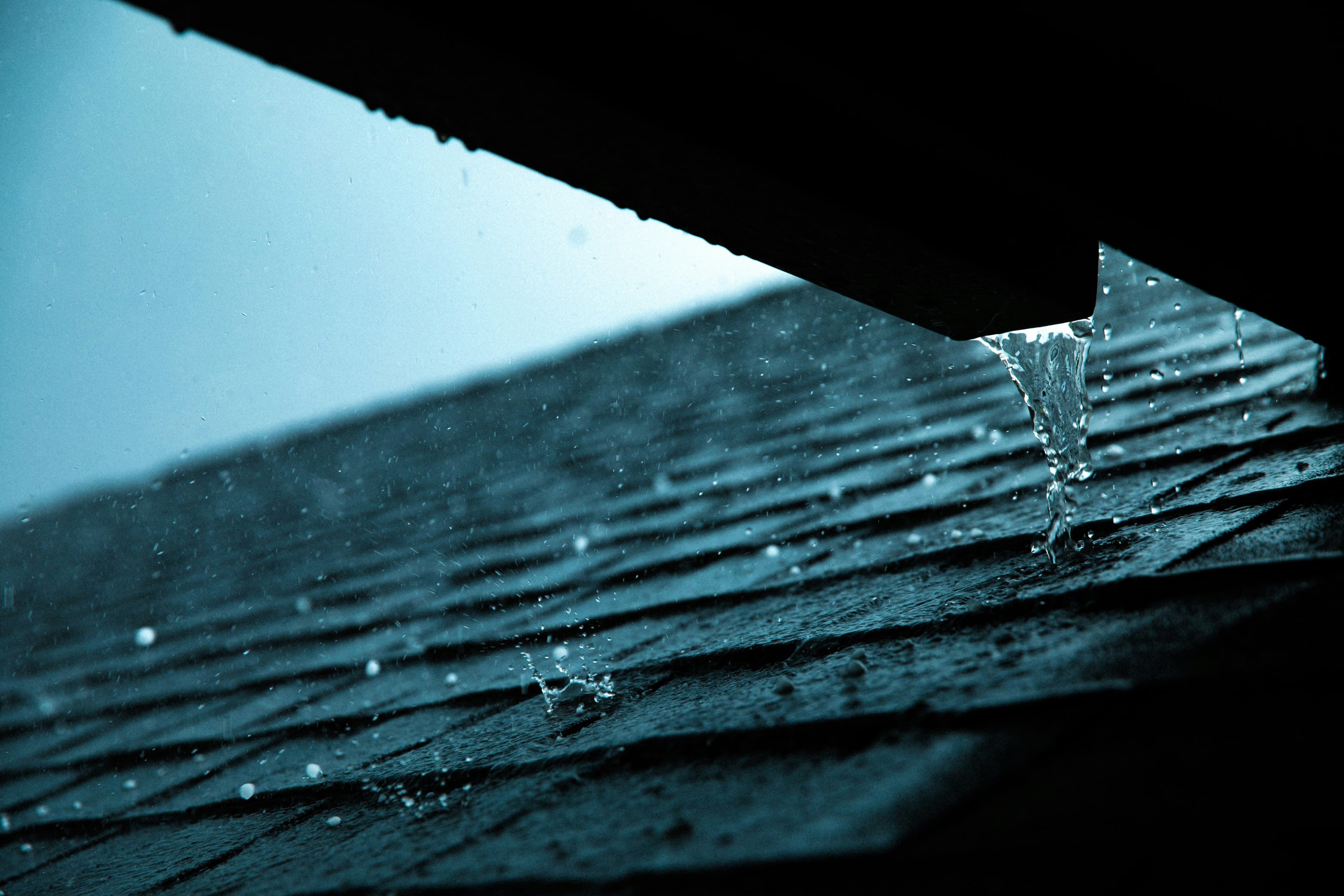The Ultimate Guide to Choosing the Right Roofing Material for Your Climate
Selecting the right roofing material for your home is a critical decision that impacts not only the aesthetic appeal of your property but also its durability, energy efficiency, and ability to withstand the elements. The climate you live in plays a pivotal role in determining the most suitable roofing material. This guide will walk you through the various options, helping you make an informed choice that aligns with your climate, budget, and style preferences.
Understanding Your Climate
Before diving into the materials, it's essential to understand your climate. Factors such as temperature extremes, humidity, rainfall, snow, and wind patterns should influence your decision. For instance, areas prone to hurricanes or high winds require materials with excellent wind resistance, while regions with heavy snowfall need a roofing system that can support the weight of snow and ice.
Roofing Material Options
1. Asphalt Shingles
Pros: Affordable, versatile, and easy to install, asphalt shingles are the most popular roofing material in the United States. They offer good wind resistance and are suitable for a wide range of climates.
Cons: They have a shorter lifespan compared to other materials and can be prone to algae growth in humid climates.
Best for: Moderate climates without extreme temperature fluctuations.
2. Metal Roofing
Pros: Metal roofs are durable, fire-resistant, and energy-efficient. They can reflect solar radiant heat, which can reduce cooling costs. Metal roofing is also lightweight and can be installed over existing roofs.
Cons: Initial costs can be high, and poor installation can lead to noise issues during rain or hail.
Best for: A wide range of climates, including areas prone to severe weather conditions like heavy snow, high winds, and wildfires.
3. Clay and Concrete Tiles
Pros: Tiles are incredibly durable and can last over 50 years. They offer excellent fire resistance and can help insulate your home, reducing heating and cooling costs.
Cons: Tiles are heavy, requiring additional structural support. They are also more expensive than some other options.
Best for: Hot, dry climates. Their thermal properties also make them suitable for areas with significant temperature swings.
4. Slate Roofing
Pros: Slate is one of the most durable roofing materials, with a lifespan of 100 years or more. It's fireproof and resistant to mold and mildew.
Cons: Like tiles, slate is heavy and expensive. Installation requires skilled professionals.
Best for: Various climates, especially those with severe weather conditions. However, ensure your home can support the weight.
5. Wood Shingles and Shakes
Pros: Wood shingles and shakes offer a natural, rustic look and can last 30 to 50 years if properly maintained. They provide some insulation value.
Cons: They require regular maintenance to prevent rot, mold, and insect infestation. Wood roofing is also less fire-resistant unless treated with fire retardants.
Best for: Mild, dry climates. Not recommended for areas prone to wildfires or high humidity.
6. Synthetic Roofing
Pros: Synthetic roofing materials, such as rubber, plastic, and polymer, can mimic the look of wood, slate, or tiles without the associated weight and maintenance issues. They are durable, fire-resistant, and often made from recycled materials.
Cons: The long-term durability and environmental impact can vary between products.
Best for: A wide range of climates, especially for homeowners looking for eco-friendly options or specific aesthetic appeals without the natural material drawbacks.
Conclusion
Choosing the right roofing material for your climate involves balancing durability, cost, aesthetic preferences, and environmental considerations. It's crucial to consult with a professional roofing contractor who can provide insights into the best options for your specific climate and home. By selecting the appropriate material, you can ensure your roof will protect your home for years to come, regardless of the weather conditions outside.
